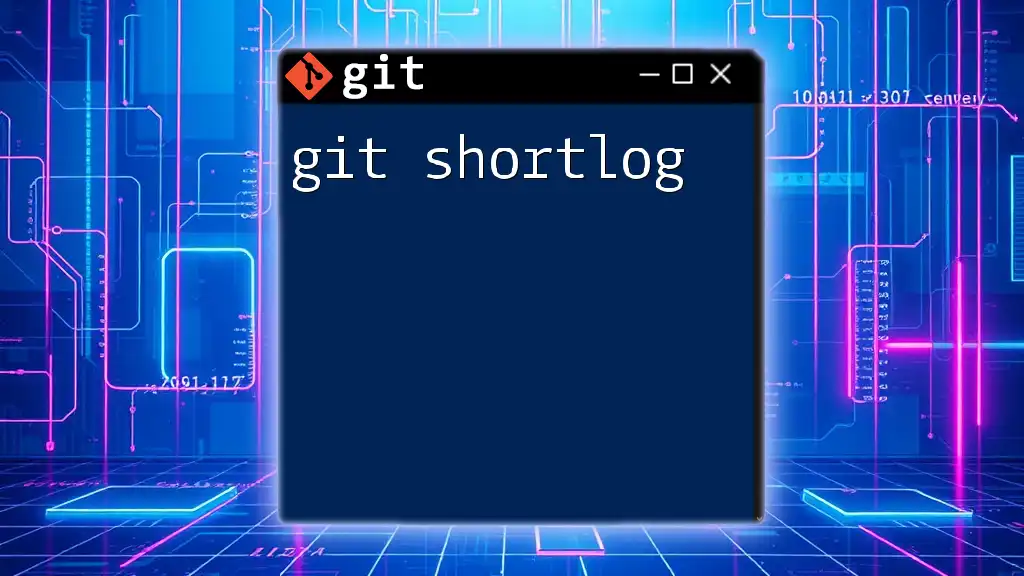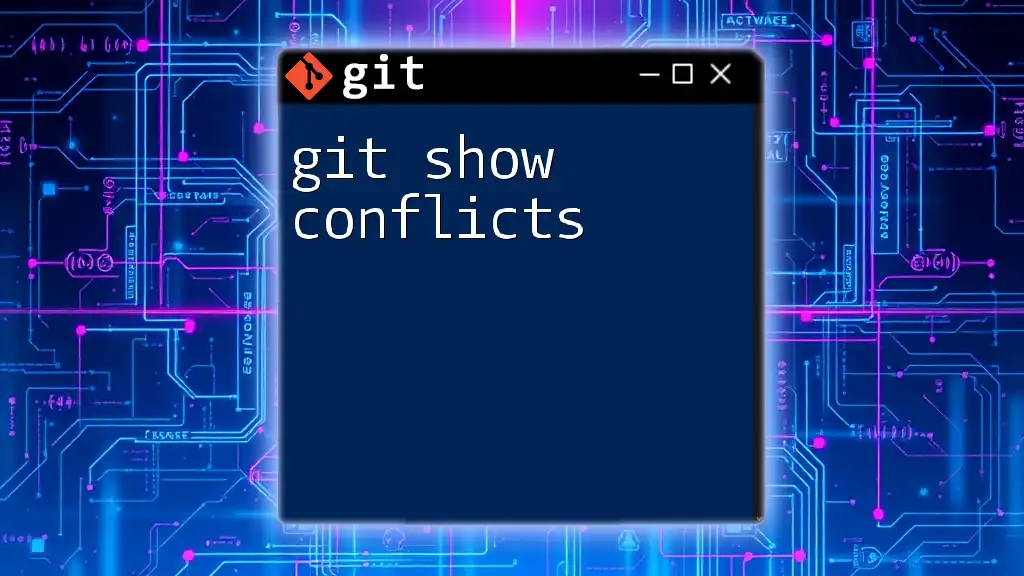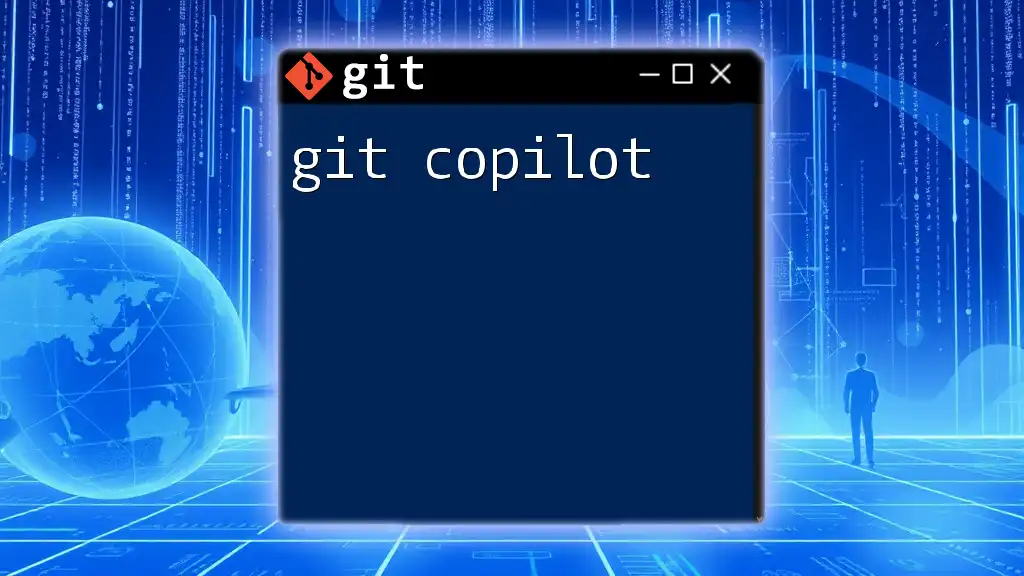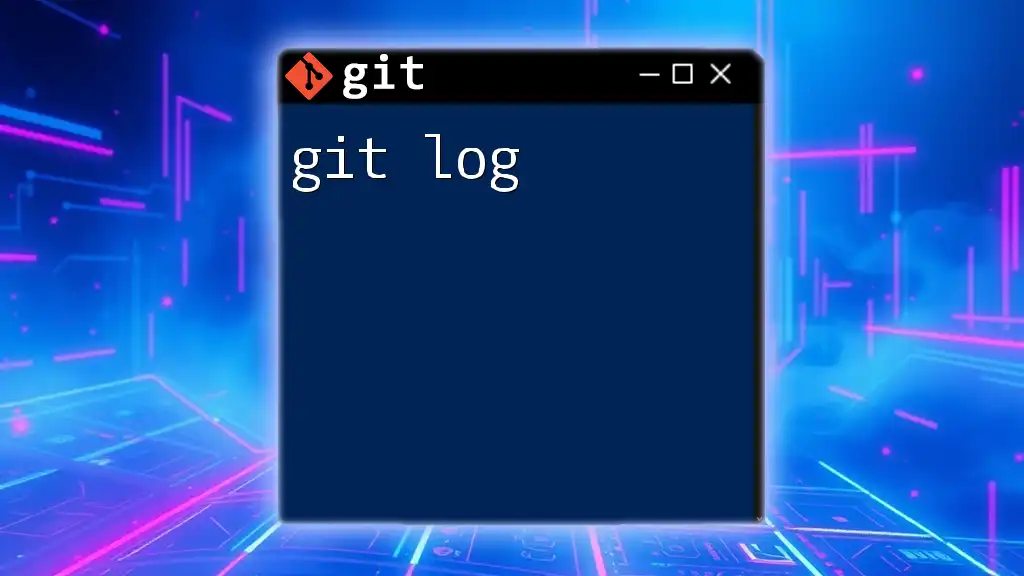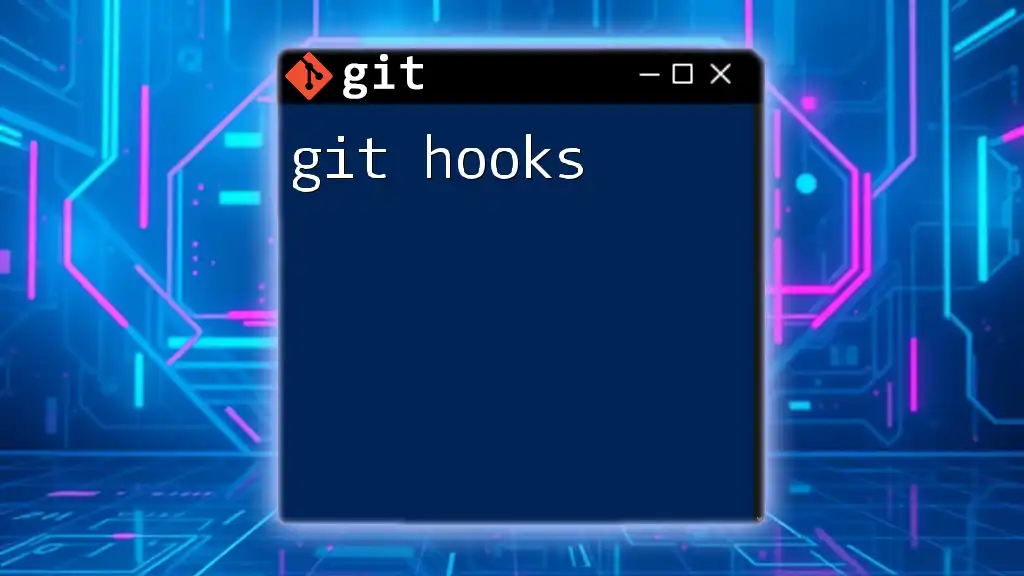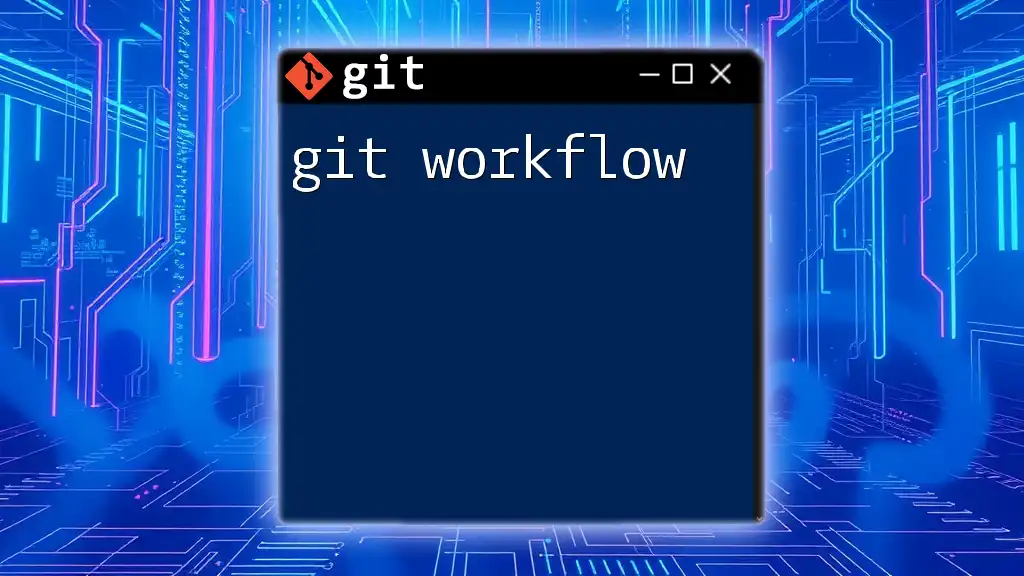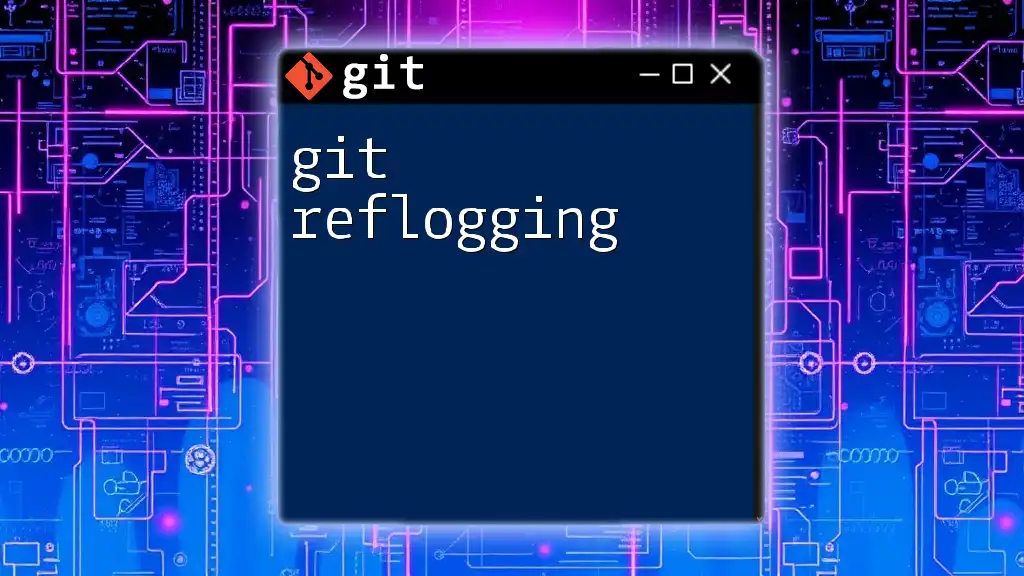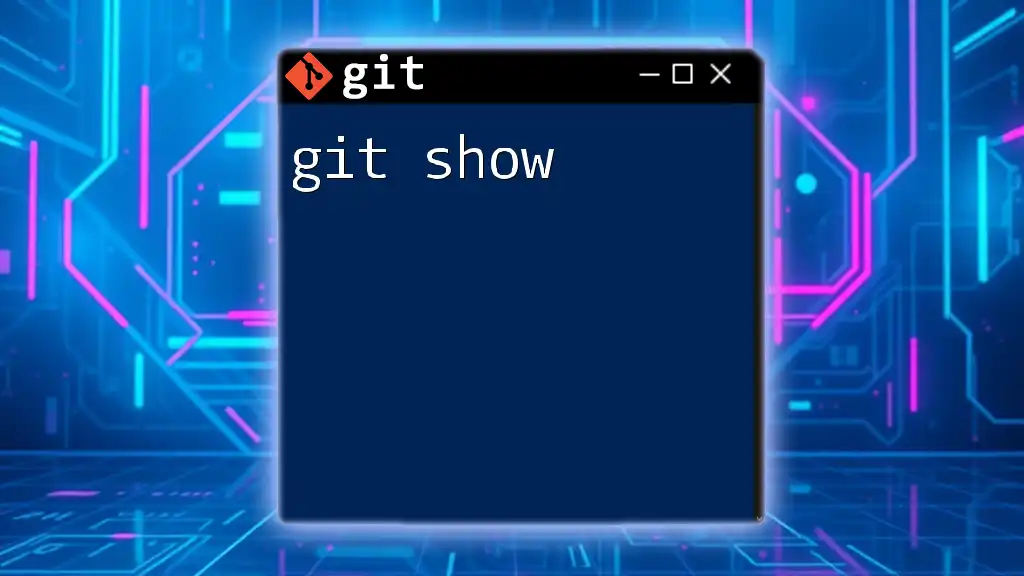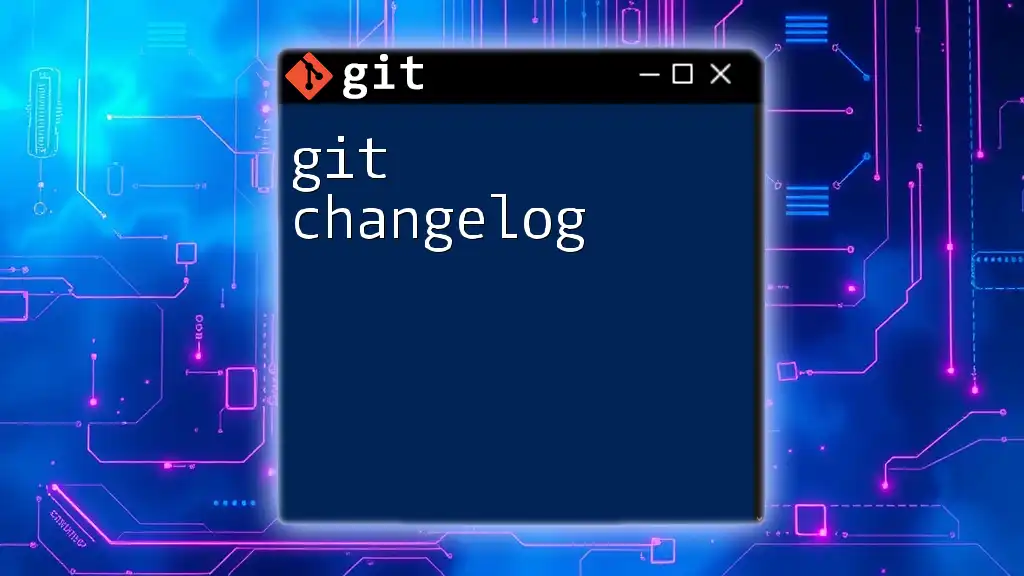The `git shortlog` command summarizes the commit history by grouping commits by author, making it easy to see contributions over time.
git shortlog -sn
Understanding git shortlog
git shortlog is a powerful Git command that provides a summary of commit history, specifically grouped by authors. The output is particularly useful for projects that involve multiple contributors, allowing you to quickly see who has contributed and how many commits each author has made.
Unlike `git log`, which displays a detailed history of each commit including commit messages, dates, changes, and more, `git shortlog` condenses this information into a more digestible format. This functionality allows developers and project managers to assess contributions at a glance, making it invaluable when generating reports, release notes, or analyzing project contributions.
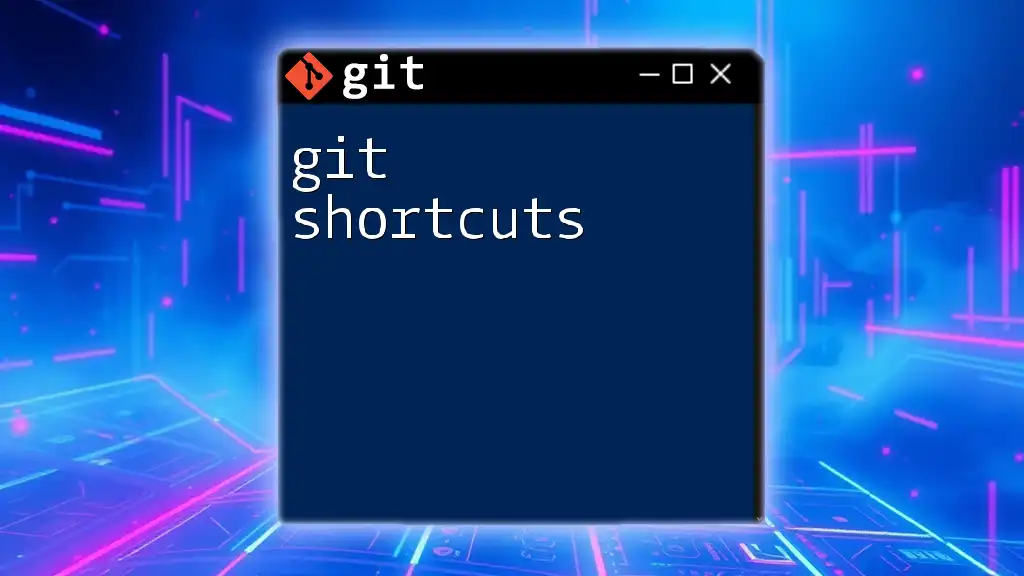
Basic Usage
To execute the command, simply type:
git shortlog
When you run this command in your terminal, it will display a list of contributors along with the number of commits they have made to the repository. The output format typically looks like this:
Alice Smith (4):
Implement feature X
Fix bug Y
Update documentation
Bob Johnson (2):
Refactor module Z
Add tests for module Z
Interpreting the Output
The first part of the output indicates the authors and the number of commits each author has made. Below each author's name, you'll see the associated commit messages. This summary format highlights not only the contributors but also the contributions themselves without overwhelming details.
Common Options for git shortlog
- Using the `-s` (summary) option
The `-s` option condenses the output further to show only the number of commits per author:
git shortlog -s
This results in a cleaner view:
4 Alice Smith
2 Bob Johnson
- Using the `-n` (sort by number of commits) option
To sort the output by the number of commits in descending order, the `-n` option is helpful:
git shortlog -n
This will display authors starting from the one with the most contributions down to the least.
- Using the `-e` (show email addresses) option
The `-e` option adds email addresses to the contributor list, making it easier to identify authors, especially in larger projects.
git shortlog -e
You may see output like this:
Alice Smith <alice@example.com> (4):
Implement feature X
Bob Johnson <bob@example.com> (2):
Refactor module Z
- Combining Options
You can also combine options for more advanced usage. For instance, to show a summary sorted by commit counts along with email addresses, you would use:
git shortlog -sn -e
This command is a powerful tool to quickly gather relevant and concise project information.
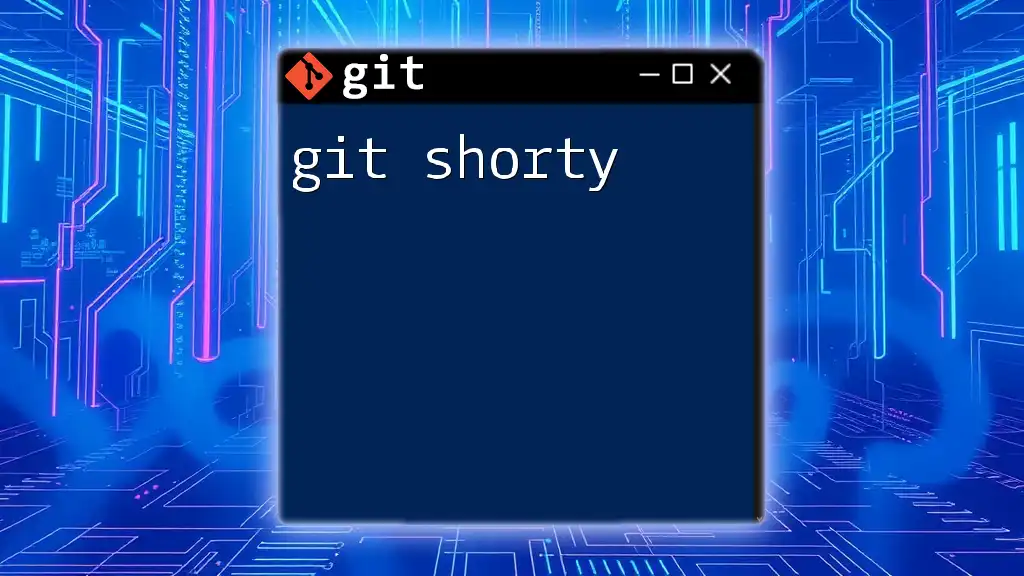
Filtering Commits
Using the `--since` and `--until` options
With git shortlog, you can filter commits by date. The `--since` and `--until` options allow you to specify a time range, enabling focused analysis of contributions within that timeframe.
Example for viewing contributions made in January 2023:
git shortlog --since="2023-01-01" --until="2023-01-31"
This command will display the commit summaries only for the specified month.
Filtering by Specific Branches
You can also view the shortlog for a specific branch, allowing you to analyze contributions separately in feature branches or other contexts:
git shortlog main
This command will only show the contributions made to the `main` branch, making it easier to review activity in that specific context.

Customizing the Output
Formatting the Output
The `-n` (number) and `-e` (email) options not only provide essential information but can also be configured to output the exact format you need.
Using Custom Format with git shortlog
For more tailored output, there is the `--format` option where you can format how commit information is displayed. For example, if you want to show commit hashes along with author names and commit messages, you can do:
git shortlog --format="%h %an %s"
This will output the results formatted with hashes, author names, and messages, like so:
abc1234 Alice Smith Implement feature X
def5678 Bob Johnson Refactor module Z
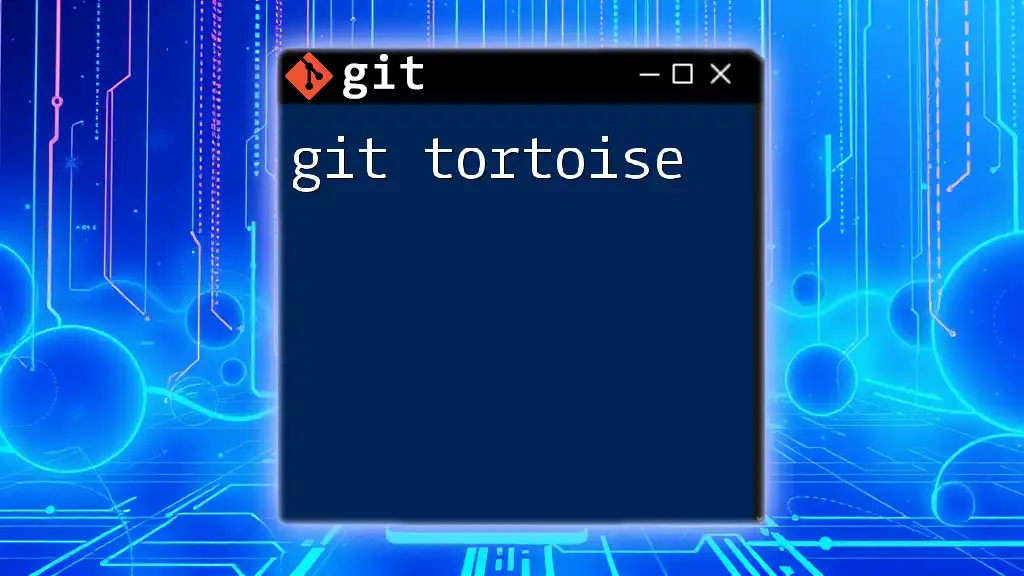
Real-world Applications
Collaborative Projects
In a collaborative effort, `git shortlog` is crucial for evaluating team contributions. By easily identifying leading contributors, project managers can acknowledge their efforts, encourage participation, or evaluate progress towards team goals.
Release Notes and Changelogs
Another practical application is in generating concise summaries for release notes or changelogs. By summarizing contributions through `git shortlog`, you can present a clear picture of what was accomplished in each release and attribute appropriately without manually sifting through commit messages.
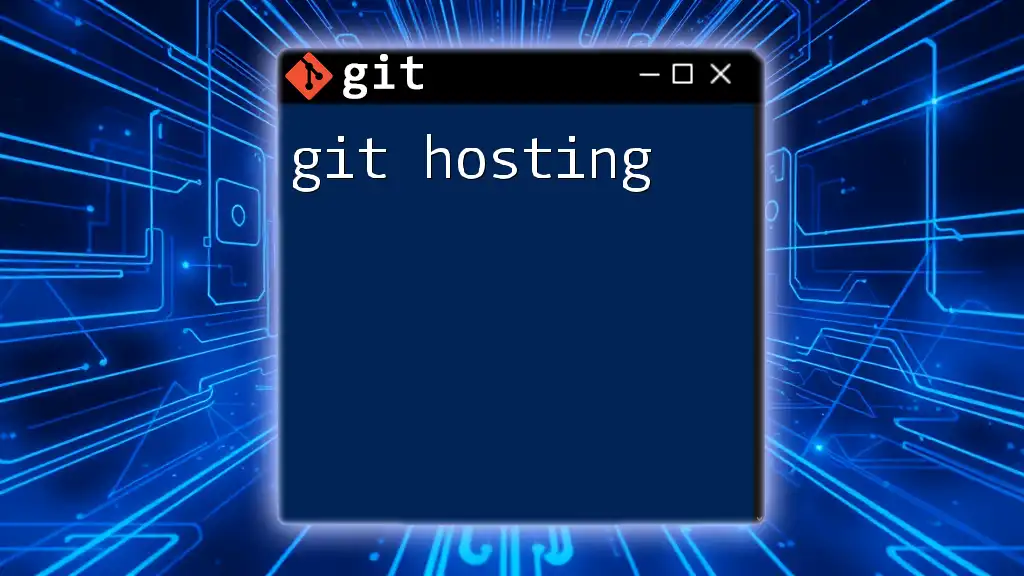
Best Practices for Using git shortlog
Regular Use
Make it a habit to run `git shortlog` periodically, especially before meetings, reviews, or when preparing documentation. This practice will keep you informed about activity in your repositories.
Combining with Other Git Tools
Using `git shortlog` alongside other Git commands like `git log`, `git diff`, or `git status` can provide a comprehensive overview of your project’s health and momentum. This combined approach can enhance your project management capabilities greatly.
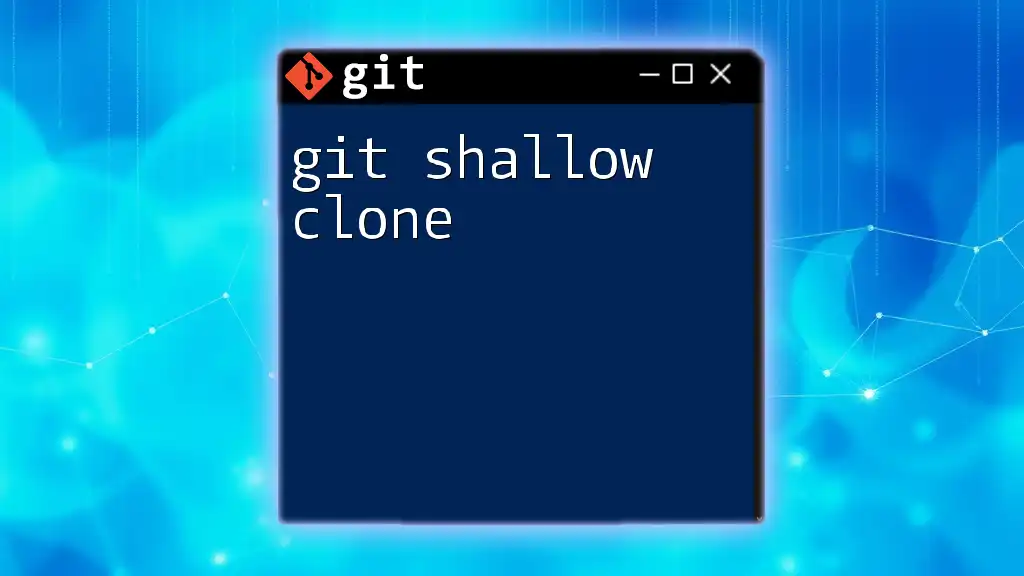
Conclusion
In summary, git shortlog is an invaluable command that offers a concise overview of project contributions. It enables developers and project managers to visualize contributions quickly and meaningfully. The command's various options allow for customization suitable for specific needs, making it a great tool for both individual and team-based projects.
By experimenting with `git shortlog`, you'll enhance your understanding of your project's history and ensure you keep track of contributions efficiently. Explore its functionalities and integrate it into your Git workflow for greater productivity and clarity.
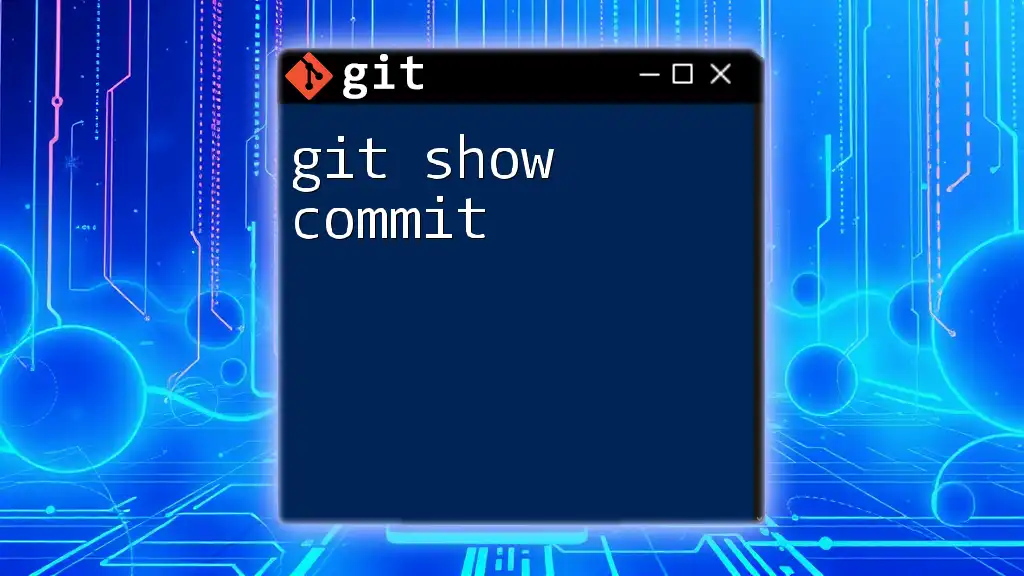
Additional Resources
For further learning and exploration, refer to the official Git documentation and numerous tutorials available online to deepen your understanding of `git shortlog` and related commands. Happy coding!

